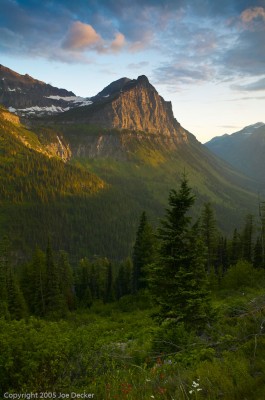Using Neutral Density Gradient filters

One of the great things about the advent of digital photography is that it has greatly reduced the number of filters I need to carry. Many of the functions we used to carry out with filters (warming/cooling, color filtering for B&W, soft-focus effects) are now much more easily and more accurately controlled in post-processing. But a few filters are still impossible for me to replace, particularly my polarizers and my set of neutral density gradient filters (ND grads).
ND grads were designed to address one of the fundamental challenges of photography, the challenge that light has too much dynamic range. We see the world with image sensors of seeing detail in a range of 13-14 stops in the same scene, our cameras tend to top out (even if we nail our exposures perfectly, which we don’t always do) at a few usable stops fewer than that. This means that we often see scenes in the world where we can make out detail and color in the shadows and in the highlights, scenes that our cameras cannot capture entirely. Because we often have the situation where the highlights are on on side of an image (e.g., the sky) and the shadows are on the other (e.g., the land), ND grads are an attempt to address this by darkening the lighter part of the image to bring it closer in exposure to the darker part. They’re grey (neutral) on one side, clear on the other, and there’s usually some sort of transition zone between the transparent grey area and the clear area to possibly make the effect less overt. (more…)